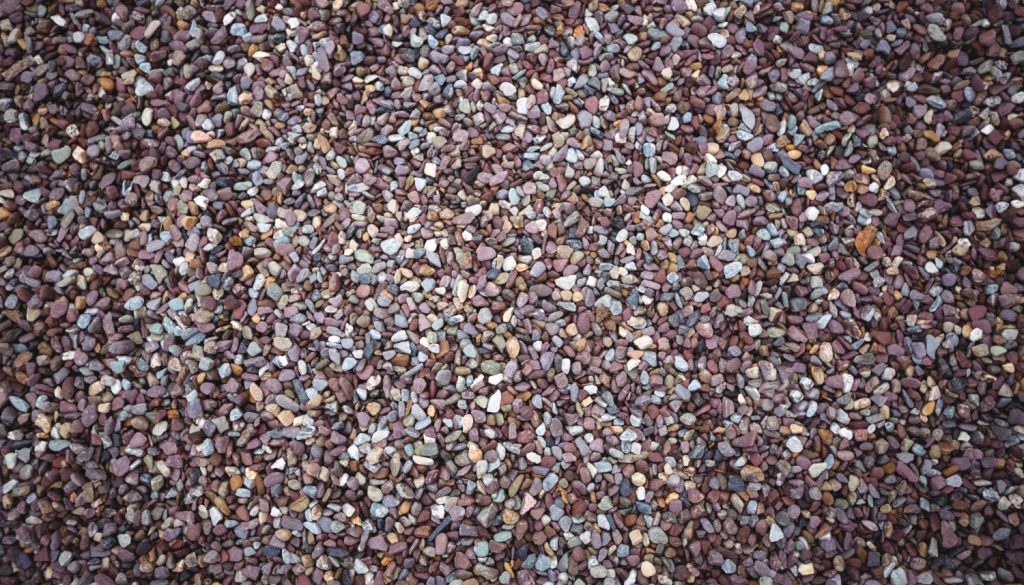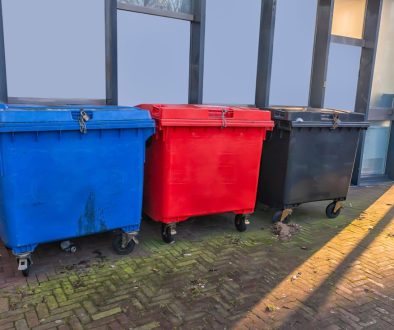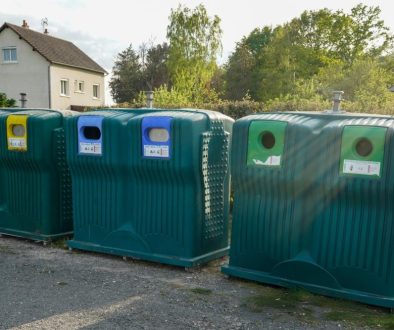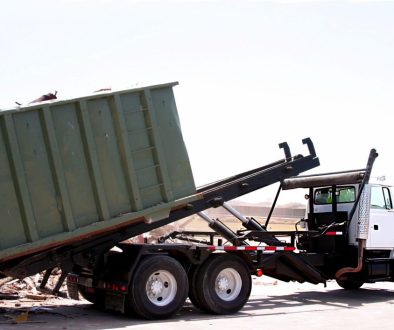Recycled aggregates are becoming a popular choice for many construction projects. Derived from processed construction and demolition materials, these aggregates are repurposed for various applications, reducing the need for new materials. This process not only supports sustainable building practices but also helps manage waste efficiently.
The environmental benefits of using recycled aggregates are significant. By incorporating these materials, we reduce the strain on natural resources and minimise the waste that would otherwise end up in landfills. This approach aligns with global efforts to promote sustainability in construction, aiming for a cleaner and greener future.
Moreover, recycled aggregates bring cost-effective solutions to the table. They typically cost less than new materials, which is attractive for budget-conscious projects. With advances in recycling technology, the quality of these aggregates continues to improve, making them a viable option for various construction tasks. This article looks into why recycled aggregates should be your go-to choice for eco-friendly and economical building.
Understanding Recycled Aggregates and Their Composition
Recycled aggregates are created from leftover materials like concrete, bricks, asphalt, and other demolition debris. These materials are cleaned, crushed, and often further processed to meet specific size and quality requirements. The result is a versatile building material that retains its material strength while offering a sustainable solution.
The composition of recycled aggregates can vary greatly, depending on the source materials used. Typically, they include a mix of:
– Concrete Rubble: Remains of demolished concrete structures.
– Bricks: Fragments from old brick buildings.
– Asphalt: Removed from roadworks and reshaped for reuse.
– Mixed Materials: Includes masonry, stones, and sometimes glass.
Sorting and processing these materials properly ensures the recycled aggregates meet industry standards and are suitable for construction purposes. The recycled aggregates are available in various sizes and grades, providing options for different project requirements.
Recycled aggregates also possess physical properties similar to those of natural aggregates. They are durable, able to bear significant weight, and are adaptable in a range of building functions. Understanding their composition is key to choosing the right type for specific construction needs, ensuring both functionality and sustainability.
Environmental Advantages of Recycled Aggregates
Using recycled aggregates comes with several environmental benefits, making them an eco-friendly alternative to traditional aggregates. These include:
– Resource Preservation: By reusing materials like concrete and asphalt, recycled aggregates help conserve natural resources such as gravel, sand, and stone.
– Landfill Reduction: Diverting waste from landfills reduces the amount of rubbish piling up and helps manage waste more effectively.
– Energy Savings: Producing recycled aggregates generally requires less energy compared to mining and processing new materials, reducing the carbon footprint associated with construction projects.
– Lower Emissions: With reduced demand for new material extraction and transportation, greenhouse gas emissions are also minimised.
Recycled aggregates contribute positively to local ecosystems by lowering energy consumption and reducing environmental disruption from quarrying activities. Additionally, many construction guidelines now encourage or even mandate the use of recycled materials, further highlighting these aggregates’ role in promoting sustainable development.
By choosing recycled aggregates, builders and contractors can support green building initiatives, promoting a cleaner environment and aligning with modern sustainability goals. This approach not only helps reduce waste but also demonstrates a commitment to responsible resource management.
Cost-Effectiveness of Using Recycled Aggregates
Recycled aggregates offer a cost-effective solution for construction projects, significantly reducing expenses compared to using new materials. By opting for recycled options, you can achieve substantial savings in several ways.
1. Lower Material Costs: Recycled aggregates are generally less expensive than new aggregates. This lower cost is due to the reduced need for raw material extraction and processing, which translates into savings for construction budgets.
2. Reduced Transport Costs: Often, recycled aggregates are sourced locally from construction and demolition sites. This proximity decreases transport requirements, cutting down on fuel use and associated transport expenses.
3. No Landfill Charges: With increased use of recycled aggregates, there’s less need to dispose of unwanted materials in landfills, avoiding costly disposal fees associated with waste management.
4. Durability and Longevity: Recycled aggregates maintain a strong performance and durability, meaning they can last as long as, if not longer than, traditional materials. This longevity translates into reduced need for frequent repairs or replacements, saving money in the long run.
By focusing on recycled materials, construction projects can stay within budget while promoting sustainability.
Applications and Uses in Construction Projects
Recycled aggregates have a wide range of uses across different construction projects, making them versatile and practical for many applications. Here’s how they can be effectively utilised:
– Road Construction: Recycled aggregates work well in road base layers, contributing to durable and stable foundations for highways and minor roads.
– Pavements and Pathways: These materials are ideal for constructing pavements and pathways, providing a solid foundation without compromising on quality.
– Landscaping Projects: Gardeners and landscapers use recycled aggregates to create attractive and functional garden paths, driveways, and decorative borders.
– Concrete Production: Recycled aggregates can be mixed with new cement to create concrete for various building purposes, reducing the reliance on fresh aggregates.
– Erosion Control: Placing recycled aggregates along slopes and embankments helps in controlling erosion, supporting environmental stability.
These applications demonstrate that recycled aggregates are not just economical and environmentally friendly but also versatile. Their use supports diverse construction needs and ultimately contributes to a reduction in overall waste generation.
Conclusion
Embracing recycled aggregates offers numerous advantages, from environmental benefits to cost savings. By reusing materials, we conserve natural resources and reduce landfill dependency, contributing to a healthier planet. Their widespread applications in construction make them an excellent choice for sustainable building projects.
The use of recycled aggregates aligns with global sustainability efforts and proves that being resourceful can be both practical and beneficial. Contractors and builders can take pride in choosing materials that support eco-friendly initiatives without sacrificing performance or durability.
For those looking to make a positive impact on the environment while meeting financial goals, recycled aggregates are a compelling choice. They embody a responsible approach to construction that benefits both the people and the planet.
Considering a move towards more sustainable building practices? Enviro Skip Hire provides a variety of recycled aggregates tailored to meet your construction needs. Whether you’re paving a path or building a new structure, we’re here to help you make eco-friendly choices effortlessly. Reach out to us today to explore how we can support your next project in the most sustainable way!




